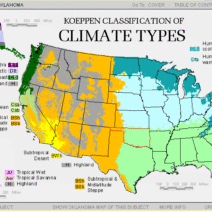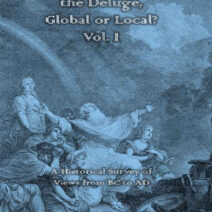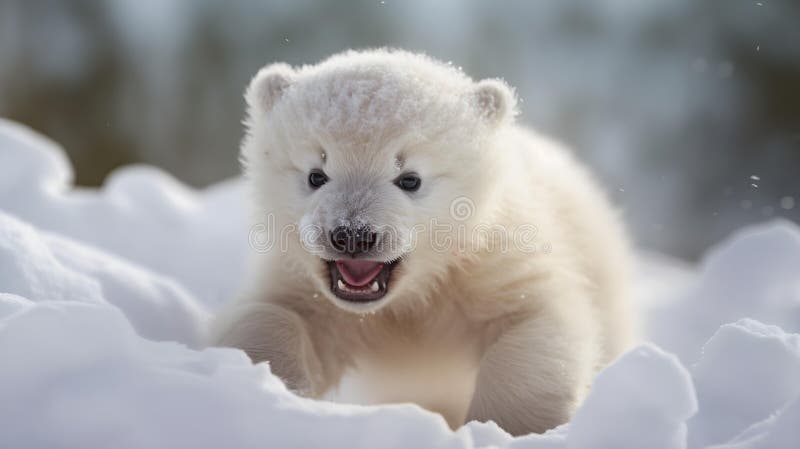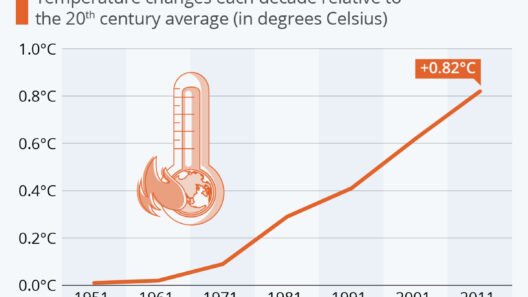Polar bears (Ursus maritimus), the majestic denizens of the Arctic realm, have long captured human fascination, appealing to our innate sense of wonder and empathy. These magnificent creatures, emblematic of the frigid polar landscapes, evoke both admiration and concern as their habitats undergo profound transformations due to climate change. As arboreal engineers of their ecosystem, polar bears not only signify the health of the Arctic environment but also serve as harbingers of the perils linked to the warming planet.
The iconic status of polar bears can largely be attributed to their striking appearance and the stark contrast of their pure white fur against the icy terrain they inhabit. However, this iconic image belies the underlying realities they face. While these bears possess remarkable adaptations to survive in temperatures that plunge to -40°F, they are not impervious to the vacillations of climate change. The polar bear’s specialized repertoire includes a thick layer of blubber, webbed paws, and a keen sense of smell, which has evolved to meet the demands of hunting seals—its primary source of sustenance. Alas, these adaptations are increasingly challenged by the rapid degradation of sea ice, their primordial hunting ground.
The Arctic, a once-stable region, is now a cauldron of unpredictability. As global temperatures continue to rise, it is crucial to acknowledge the correlation between greenhouse gas emissions and the melting of polar ice. The Intergovernmental Panel on Climate Change (IPCC) posits that the Arctic has warmed nearly twice as fast as the global average, with alarming projections indicating that, in a few decades, summer sea ice could vanish entirely. This transformative scenario not only threatens the polar bear population but also destabilizes the entire Arctic ecosystem.
At the core of the polar bear’s decline is the profound reduction of sea ice, which acts as both a hunting platform and a breeding ground. As ice melts, bears are forced to venture farther and expend more energy to hunt for seals, leading to increased mortality rates, especially among cubs. The loss of sea ice has forced polar bears into prolonged fasting periods, significantly reducing their body condition and reproductive success. Maternity dens, crucial for nurturing cubs during the harsh winter months, are also compromised—hardly a safe haven if the ice continues to dissipate.
Moreover, the implications of diminishing ice extend beyond predation; they reverberate throughout the Arctic food web. For instance, the decline in seal populations, as they too struggle amid changing ice conditions, poses a direct threat to polar bears. This intricate web demonstrates how the decline of a single species can trigger a cascade effect within the entire ecosystem, underscoring the interconnectedness of Arctic species.
Interestingly, polar bears are also emblematic of a larger narrative regarding climate change. They symbolize not just the challenges facing their own species but also the fundamental crises confronting biodiversity across the globe. As stewards of their environment, polar bears are often regarded as indicators—sentinels of the Arctic, whose plight reflects broader environmental shifts. Their survival hinges not only on the preservation of their habitat but also on global policies directed toward reducing carbon emissions and fostering renewable energy solutions.
Efforts to conserve polar bears have gained traction internationally, spawning initiatives aimed at habitat protection and climate change mitigation. Conservation strategies, such as establishing marine protected areas, are crucial to providing the necessary refuge and resources for polar bears. Furthermore, community involvement and education play pivotal roles in raising awareness of the critical challenges these bears face. Engaging local populations and fostering an understanding of the importance of polar bears can galvanize collective action to restore equilibrium to the Arctic environment.
As concerns mount regarding the Arctic’s future, research and scientific inquiry have become paramount. By harnessing advanced technologies, scientists endeavor to study polar bear behavior, migration patterns, and reproductive health in response to climatic changes. Such data is indispensable in formulating effective conservation strategies and informing policy frameworks aimed at curbing climate change. Each individual bear represents both a unique life and a complex narrative intertwined with the fate of our planet.
In recognizing the plight of polar bears, it is essential to accept the inconvenient truths about our current trajectory. The warming Arctic serves as a poignant forecast of the repercussions of inaction on a global scale. Simply put, if polar bears are to endure, more than conservation efforts are necessary; a complete shift in our approach to energy consumption, resource use, and environmental stewardship is imperative. This clarion call for action must resonate beyond the realm of environmentalists to envelop all facets of society, necessitating a collective commitment to safeguarding our planet’s future.
In conclusion, the plight of polar bears encapsulates a larger environmental narrative, elucidating the fragility of ecosystems amid relentless climate change. With their survival intertwined with the fate of the Arctic, they serve as a vital reminder of humanity’s responsibility to protect our planet. If society collectively embraces this charge, we can hope not just to preserve the existence of polar bears but to ensure the resilience of our world’s ecosystems for generations to come.








